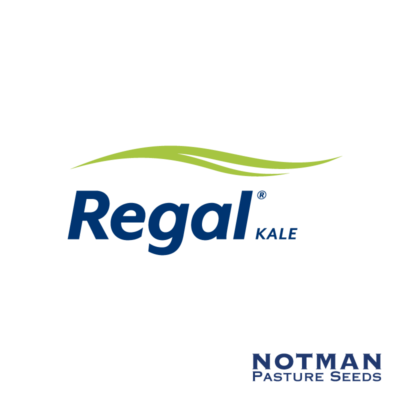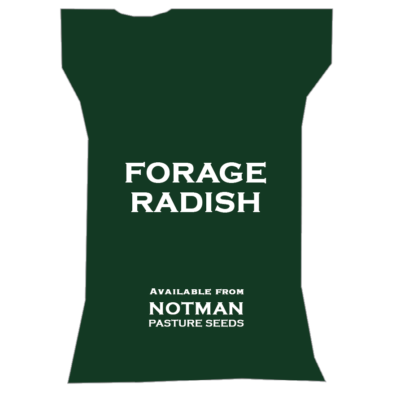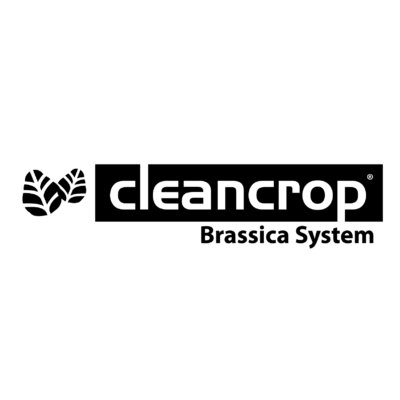Description
As a cross between a turnip and a rape, Hunter Leafy Turnip is a quick growing, leafy turnip with minimal bulb development. Fast maturing, Hunters first grazing can be as early as 6-8 weeks. Providing high quality forage, Hunter produces high live weight gain in beef and sheep and will provide farmers with multiple grazing opportunities. Selecting for its vigorous regrowth, Hunter recovers fast and produces strong yields into the third year.
Bred for tolerance to turnip mosaic virus and cauliflower mosaic virus, Hunter is a great option for early autumn feed. Hunter usually shows good resistance to most clubroot races, but is susceptible to Aphids. Hunter is best suited to heavier soil conditions with periodic summer moisture or irrigation.
- Early maturing, 6-8 weeks
- Fast recovery from grazing
- High yielding
- Strong plant survival following multiple grazings
- Bred for tolerance to turnip mosaic virus
| Variety | Hunter Leafy Turnip |
|---|---|
| Sowing date | Early-Mid Spring |
| Sowing depth | 10mm |
| Sowing rate | 4-6 kg/ha (standalone), 0.5kg/ha (in a mix) |
| Ready to graze | 55-65 days |
| Potential grazings | Multiple, up to 3 |
| Soil temperature | 12+ degrees |
| Potential Yield | 10-12tDM/ha |
Optimising return from Hunter Leafy Turnip
Hunter has become a common feed source for finishing lambs. It is common to set stock lambs on the crop and draft them off as they reach target weights. An experiment at Ceres Research Centre suggests it is unlikely this grazing management makes the most efficient use of the Hunter crop.
The experiment investigated the effect of daily allowance on the production of live weight per hectare in a rotationally-grazed Hunter finishing system, with the view of determining optimum grazing parameters.
At allowances of 1 kgDM/hd/day, or less where grazing residual was low, the crop produced little regrowth, lamb growth rates were poor (25-75 g/day) and production per hectare was not maximised (2-5 kgLWG/ha/day), see Figure 3.
At generous allowances (3.5 kgDM/hd/day) where grazing residual was high (3000 kgDM/ha) and where lamb growth rates were high (300 g/day), per hectare production was still not maximised (7 kgLWG/ha/day) because of low stocking rates.In this experiment, per hectare productivity was maximised (12 kgLWG/ha/day) at an allowance of 2.0-2.5 kgDM/hd/day where lambs grew at 300 g/day.
The key message from this work was that in rotationally grazed Hunter systems shifted on a weekly basis, maximum per hectare production was achieved on a daily allowance of 2.0-2.5 kgDM/hd/day.












